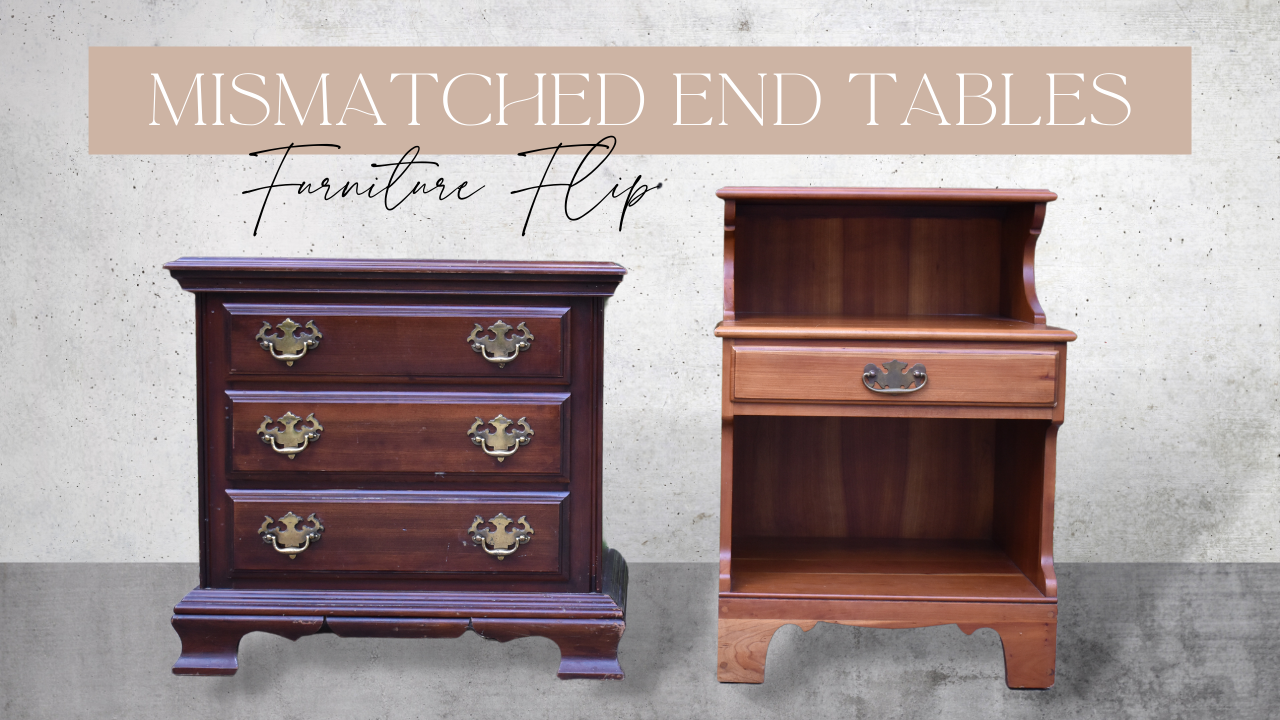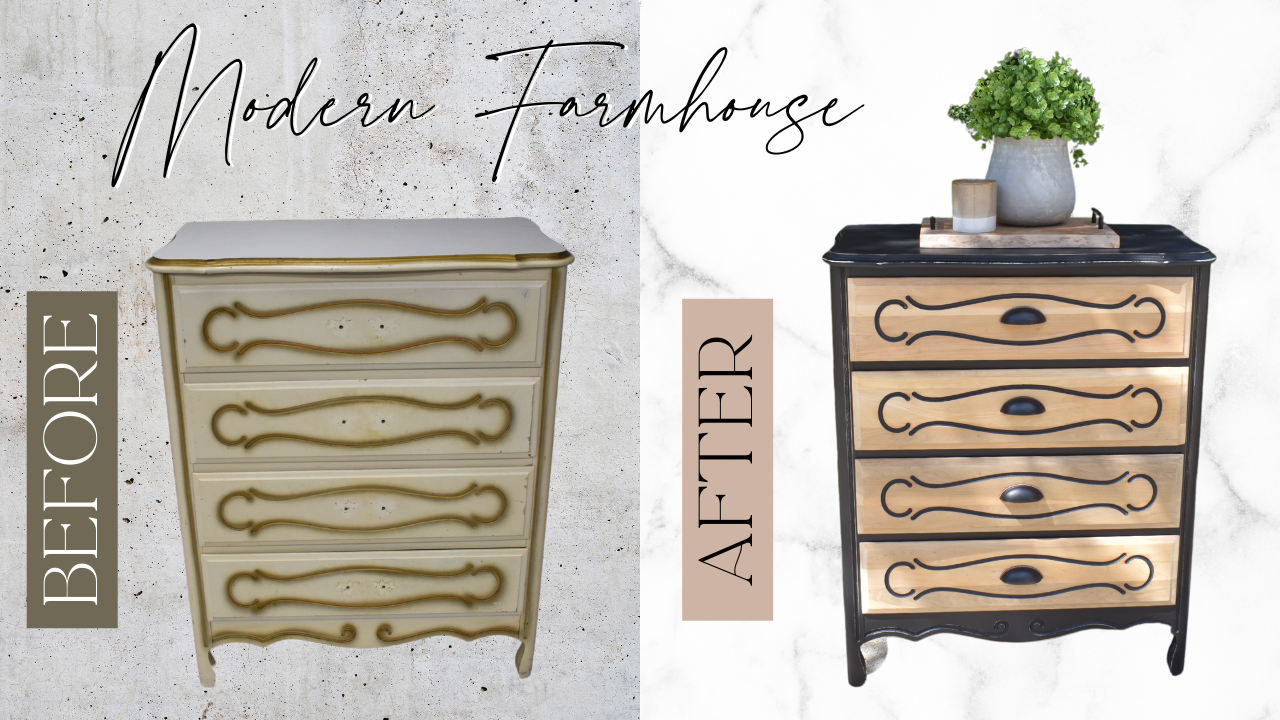Today we are building a rustic barnwood-feel table completely out of pine construction lumber. I’m going to show you how to get that an authentic, organic texture quickly and easily, as well as all the products we used to stain, protect, and assemble this massive 10ft table.
Creating Texture
We started with three 10ft 2x10s edge joined together. We picked the straightest pieces we could possibly find at the lumber store, ripped the joining edges down on our table saw and glued the whole thing together with wood glue and a bunch of clamps so that the top side was as close to perfect as we could get it. Click here for a more in-depth video about this process, or you could also pick up a pre-joined slab at your local lumber store. Just find some kind of softwood in your size and shape and you’re good to go.
To create texture, we’re going to take a brass wire wheel and use it to grind against the edge of the table and anywhere else we want an organic look. This takes advantage of wood’s natural layers, some of which are harder than others. We’re effectively griding out all the softest parts of the plank and leaving just the most stable and durable wood behind, which is exactly what happens to barnwood or other wood that is exposed to the elements for many years.
The wood really tells you where to go! Just hold the wire wheel at the wood’s natural color variations and you’ll see part of the wood come away and part stay behind, it’s super cool.
We’re using a pneumatic die grinder tool hooked up to our air compressor, but you can also use this wire wheel inside in electric drill.
You can also use an axe to shave off bigger sections or create hand-hewn details and knicks in the wood’s surface. We concentrated most of our texture on the edges of the table, and then did a bit of highlights along any big knots in the surface. Don’t go too overboard on top, especially if you’re going to use this table for eating or working.
Filling & Sanding
Once we were happy with the texture, it was time to do a bit of refinement. I started by filling in any gaps between our joined planks with a stainable wood filler. This will help us get a nice level surface with no ridges where those planks meet.
Once that’s dry, I’m going to use an orbital sander with a medium grit on the top to smooth away any excess filler or any other major issues until we have a nice smooth and level surface where the table will actually be used.
Along the sides, I used my SurfPrep sander with a medium grit foam pad. This helps smooth out any flakes or splintery sections while still curving around the texture we created so that we don’t accidentally sand it down.
Leg Construction
Our table top is all ready, so now let’s talk about the legs. These are very simple, made out of basic pine and textured in the same way as the table top. We have a 4x4 post under corners and then two 2x4s making a decorative X. Everything is joined together using pocket screws.
We also added this “faux dowel” accent in the middle that’s entirely decorative. We drilled a hole into the outside of the X with a 1” spade and then glued a piece of dowel right into that hole. That part’s optional, but it was quick, simple, and totally gives the impression of some kind of aged structural joinery.
These legs got the same texture treatment as our table top but, because it’s not an eating or writing surface, we were able to go even more intense by putting in huge grooves and crevices to make these look super worn and authentic. I used the SurfPrep sander on them as well to make sure there were no loose pieces of wood or anything you might catch yourself on.
Staining
Okay, all our wood is prepped and ready to go, so it’s time to get to staining! I am using my all time favorite color, Early American by Varathane. I'm spreading it on with a chip brush and letting the stain soak right in to all those nooks and crannies.
I did one coat on every surface, and then came back for a second coat on the top of the table and along the outside edge of the legs just to make sure I had a nice deep and even color.
We also decided last minute that because our table is so long we wanted a couple braces to run along the back. These are simple 2x4s with a bit of texture. Don’t worry too much about them now, you’ll see how they play into the final assembly in just a bit.
Sealing
I left everything to dry overnight and now it’s time to seal. We are using oil-based polyurethane, which is not the norm on my channel, but going to be well worth the effort. I am using a satin sheen, but feel free to go more heavy on the gloss if that’s your preference.
Typically people use water-based poly because it’s non yellowing and easier to work with because you can clean up with soap and water. I’ve used water-based poly plenty of times in the past on furniture project, but for high traffic surfaces like dinner tables oil-based poly is honestly a requirement in my mind. It’s just way more durable. Just make sure you have some mineral spirits to clean off your brush between coats, and keep shop towels nearby for a a nice clean working area.
We apply it the same way as regular water-based poly: apply in sections, smooth over our work, and then DONOT go back to touch it after that. I work each one of our three planks on its own, keeping a wet edge down the length so I could get a smooth line from one edge to the other. I’m also conscious to clean up any drips or excess that roll over the edge. Also, keep in mind that poly can help smooth out any areas that are super textured, so if you have any gouges in your table top or super rough pieces on the edge that you’re worried you might scratch yourself on, try building up a good amount of poly there and it will help seal it down if that makes sense, kind of like resin.
The legs all got two coats. And for the table top I’m starting on the back of the table with a one coat, and then flipping it over and doing a total of three coats on the top, waiting an entire 24 hours between coats.
Sanding & Polishing
If you want a truly flawless finish, it's important to sand between coats. I'm taking a 400-grit sandpaper and very gently buffing out any blemishes or imperfections between coats. This is the time to get rid of any stray drips or puddles or marks from stray brush strokes. Once I’m happy, I’m going to use a tack cloth to wipe up any dust and then get started on my next coat, again waiting a full night between coats so everything cures super well.
Don't sand after the final coat. If you have any imperfections at the end, you can actually use a brown paper lunch bag to buff and polish the surface into a perfect shine.
Assembly
Once you’re happy, it’s time to assemble! Here you can see how we used those stretcher pieces to create a back for our table, which is going to go against a wall. We used some wood pieces as props to get everything level and then screwed them in using pocket screws.
One stretcher is about 10” off of the floor and the other sits right under the table top to add a a bit more support because our table is very long.
To attach the top, just set it in place and then use small L-brackets to screw the legs onto the top from underneath.
The Reveal
This table is absolutely massive and full of texture. The surface is a really nice rich brown. It’s smooth, easy to work and write on, and well protected by all those layers of poly. The edge has that perfect weathered look, that accentuates the organic structure of the wood. The legs have even more texture, like they were built of hand hewn beams.
This table turned out just as I pictured and, better yet, the texturing technique we used was so simple and effective that I’m planning to use it again in future projects. It’s a great new addition to my tool belt.
Thanks for reading and I’ll catch you next time!
.png)



.png)






